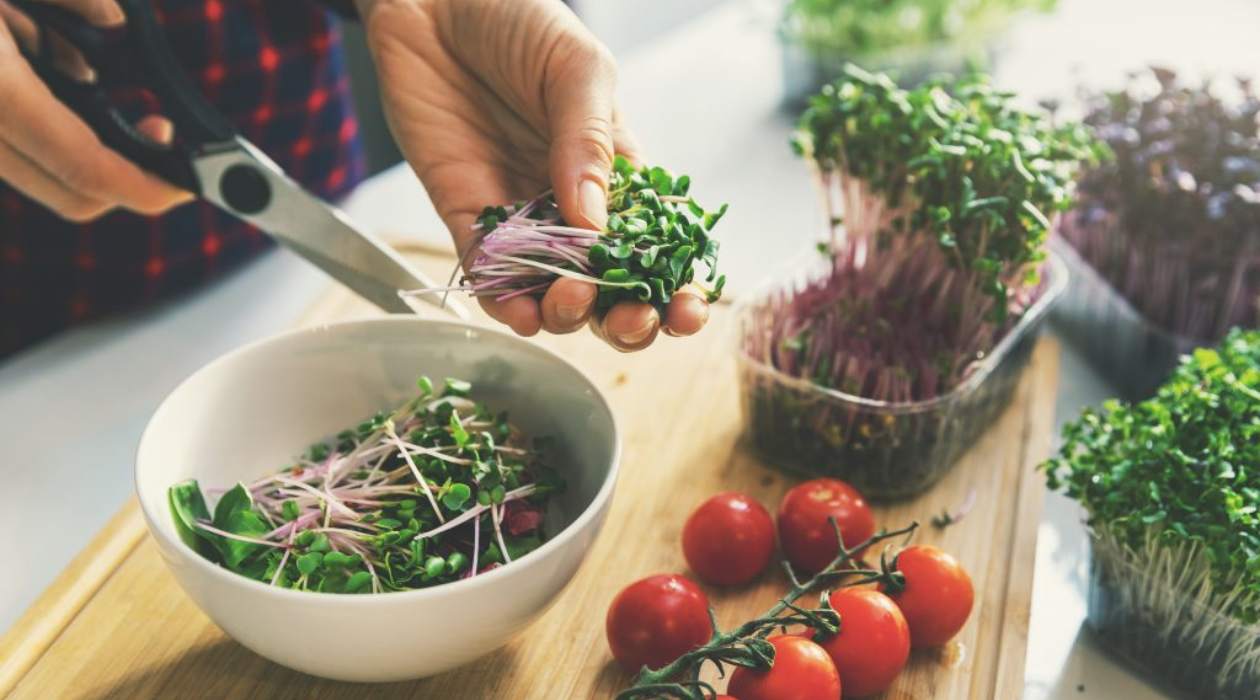

Articles
How To Store Microgreens
Modified: January 5, 2024
Learn how to properly store microgreens and keep them fresh with these helpful articles.
(Many of the links in this article redirect to a specific reviewed product. Your purchase of these products through affiliate links helps to generate commission for Storables.com, at no extra cost. Learn more)
Introduction
Welcome to the world of microgreens! These tiny, nutrient-packed plants are gaining popularity for their vibrant colors, unique flavors, and incredible health benefits. Whether you grow microgreens at home or purchase them from a local farmer’s market or grocery store, knowing how to properly store them is essential for maintaining their freshness and quality.
In this article, we will explore the importance of storing microgreens and provide you with expert tips and techniques to keep them fresh as long as possible. From choosing the right storage containers to proper cleaning and handling methods, we’ve got you covered.
So, let’s dive in and discover the best practices for storing microgreens to ensure you can enjoy these nutrient powerhouses for as long as possible.
Key Takeaways:
- Proper storage is crucial for maintaining the freshness, flavor, and nutritional benefits of microgreens. Choosing the right containers, handling with care, and storing at the right temperature are key to maximizing their shelf life.
- By following best practices such as proper cleaning, choosing suitable storage containers, and minimizing moisture, you can ensure that your microgreens stay fresh, flavorful, and nutrient-rich for an extended period. Happy storing and enjoy your microgreens!
Read more: How To Germinate Microgreens
Why Store Microgreens?
Microgreens are harvested when they are young and tender, typically within 7 to 21 days of germination. These miniature versions of mature plants offer a concentrated burst of flavor and nutrition. They are packed with essential vitamins, minerals, and antioxidants, making them a great addition to any diet.
However, microgreens have a short shelf life due to their delicate nature. They are highly perishable and can wilt, lose flavor, and spoil quickly if not stored properly. That’s why it’s essential to understand the importance of storing microgreens correctly.
One of the primary reasons for storing microgreens is to extend their freshness. By properly storing them, you can enjoy their vibrant colors, fresh flavors, and nutritional benefits for a longer period. This means you can incorporate microgreens into your meals and snacks throughout the week without worrying about them going bad.
Another reason to store microgreens is convenience. Many people prefer to buy or grow microgreens in larger quantities and store them for easy access. This way, you can quickly add a handful of microgreens to your salads, sandwiches, smoothies, or any other dishes whenever you want, without the need to harvest them every time.
Furthermore, storing microgreens allows you to stock up on different varieties and enjoy a diverse selection of flavors and textures. You can experiment with different microgreen combinations and add a touch of freshness and elegance to your culinary creations.
Lastly, storing microgreens can also help minimize food waste. If you have an abundance of microgreens or if you’re unable to consume them all at once, proper storage techniques can help prevent spoilage and maximize their use before they go bad.
Overall, storing microgreens is crucial for maintaining their freshness, flavor, and nutritional value. It offers convenience, variety, and can even contribute to reducing food waste. Now that we understand the importance, let’s delve into the specifics of proper microgreen storage.
Choosing the Right Storage Containers
When it comes to storing microgreens, selecting the right containers is key to maintaining their freshness and preventing damage. Here are a few factors to consider when choosing storage containers for your microgreens:
- Size: Opt for containers that provide enough space for the microgreens without overcrowding them. This will help prevent bruising and wilting.
- Material: Use food-safe containers made of glass, ceramic, or BPA-free plastic. These materials are non-reactive and do not leach harmful chemicals into the microgreens.
- Ventilation: Look for containers with ventilation holes or lids that allow airflow. This helps to prevent moisture buildup and prevents the microgreens from becoming damp and moldy.
- Transparency: Choose transparent or semi-transparent containers that allow you to assess the condition of the microgreens without opening the container. This helps maintain freshness and reduces unnecessary handling.
There are several suitable container options for storing microgreens:
- Plastic clamshell containers: These clear, hinged containers with ventilation holes are commonly used for packaging produce. They are convenient and can be reused for storing microgreens.
- Reusable plastic bags: Look for thick, food-grade plastic bags with ventilation holes. These bags are lightweight and take up less space in the refrigerator.
- Glass containers with lids: Mason jars, glass Tupperware, or other glass containers with tight-fitting lids are great options. They are sturdy, non-reactive, and allow for easy visibility of the microgreens.
- Produce storage bags: There are special produce storage bags available made of mesh or perforated materials. These bags promote airflow while protecting the microgreens from light exposure.
Before using any container, make sure it is thoroughly cleaned and dried. Avoid using containers that have been previously used for storing non-food items or containers with strong odors that can transfer to the microgreens.
Remember, the goal is to create an environment that allows the microgreens to breathe and prevents excess moisture buildup. By choosing the right storage containers, you can ensure the freshness and quality of your microgreens for an extended period.
Cleaning and Preparing Microgreens for Storage
Before storing microgreens, it’s important to clean and prepare them properly. Here are some steps to follow:
- Harvesting: Harvest the microgreens when they are at their peak freshness. Gently cut the stems just above the soil line using clean, sharp scissors or a knife. Avoid pulling or tearing the microgreens, as this can damage the delicate leaves.
- Rinsing: Fill a clean sink or large bowl with cool water. Gently place the microgreens in the water and swish them around to loosen any dirt or debris. Be careful not to agitate the microgreens too vigorously, as they are delicate and can easily bruise.
- Draining: After rinsing, lift the microgreens out of the water and allow them to drain in a colander or on a clean, absorbent towel. Gently shake off any excess water, but avoid excessive handling or squeezing.
- Drying: To remove excess moisture, spread the microgreens in a single layer on a clean, lint-free kitchen towel or paper towels. Pat them gently to absorb any remaining water. Ensure that the microgreens are completely dry before transferring them to storage containers.
It’s important to note that microgreens are delicate and can bruise easily, so it’s crucial to handle them with care during the cleaning and drying process.
It is generally recommended to clean and prepare microgreens right before you plan to use or store them. This helps maintain their freshness and quality. However, if you need to clean and prepare the microgreens ahead of time, ensure they are stored properly to prevent wilting.
By following these cleaning and preparation steps, you can remove any dirt or impurities from the microgreens and maximize their shelf life. Clean and dry microgreens not only stay fresh for longer but also maintain their texture and flavor.
Now that your microgreens are clean and ready, it’s time to move on to proper storage methods. Let’s explore how to store microgreens in the refrigerator and at room temperature to maintain their freshness.
Storing Microgreens in the Refrigerator
The refrigerator is the most common and effective place to store microgreens, as it provides a cool and controlled environment. Follow these steps to store microgreens in the refrigerator:
- Preparation: Ensure that the microgreens are clean, dry, and free from any excess moisture. Excess moisture can lead to wilting and spoilage.
- Container Selection: Choose a suitable container based on the quantity of microgreens you need to store. Consider using plastic clamshell containers, reusable plastic bags, or glass containers with tight-fitting lids.
- Lining: If using plastic containers, line the bottom with a piece of paper towel or a fresh, clean kitchen towel. This helps absorb excess moisture and keeps the microgreens crisp.
- Layering: Place a layer of microgreens in the container, taking care not to overcrowd them. Avoid compacting the microgreens as it can lead to bruising.
- Separation: If you have multiple types of microgreens, it’s best to store them separately to maintain their individual flavors and prevent cross-contamination. Use dividers or separate containers.
- Covering: Close the container tightly with its lid or cover it with plastic wrap. Make sure the container is airtight to prevent moisture loss.
- Temperature: Place the container of microgreens in the refrigerator’s crisper drawer or on a shelf, away from strong-smelling food items. The ideal temperature for storing microgreens is between 35°F (1.6°C) and 40°F (4.4°C).
By following these steps, you can maintain the freshness and quality of your microgreens for up to a week, depending on the variety. Be sure to check on them periodically and discard any wilted or spoiled microgreens.
It’s worth mentioning that some delicate microgreens, such as cilantro or basil, may not store well in the refrigerator for an extended period. For these types, it’s best to use them as soon as possible after harvesting or purchasing.
Now that we’ve covered the storage process in the refrigerator, let’s explore the option of storing microgreens at room temperature for short-term use.
Store microgreens in airtight containers lined with paper towels to absorb excess moisture. Place them in the refrigerator and use within a week for the best flavor and freshness.
Read more: How To Get Seeds From Microgreens
Storing Microgreens at Room Temperature
In addition to storing microgreens in the refrigerator, you can also store certain varieties at room temperature for short periods. Here’s how:
- Preparation: As always, ensure that the microgreens are clean, dry, and free from excess moisture. Excess moisture can lead to wilting and spoilage.
- Container Selection: Opt for shallow containers or trays with ventilation holes. Alternatively, you can use damp kitchen towels or paper towels as a base to keep the microgreens hydrated.
- Moisture Control: If using containers or trays, lightly mist the microgreens with water to provide humidity and prevent wilting. Mist them sparingly to avoid excessive dampness.
- Spacing: Spread the microgreens in a single layer, ensuring they are not too crowded. Proper spacing allows for good airflow and prevents the risk of mold or rot.
- Location: Place the containers or trays in a cool and shaded area away from direct sunlight. Exposure to sunlight can cause the microgreens to wilt and lose their vibrant colors.
- Monitoring: Check on the microgreens regularly, misting them lightly with water if they appear to be drying out. Remove any wilted or spoiled microgreens promptly to prevent the spread of decay.
Storing microgreens at room temperature is ideal for short-term use, typically up to three days. It’s important to note that room temperature storage is recommended only for certain microgreen varieties, such as pea shoots, sunflower shoots, and wheatgrass.
Delicate microgreens, like cilantro or basil, are best stored in the refrigerator due to their higher moisture content and susceptibility to wilting. Additionally, ensure that the room temperature is within a range of 65°F (18°C) to 75°F (24°C) for optimal storage conditions.
By following these guidelines, you can enjoy the convenience of having fresh microgreens readily available at room temperature for a short period.
Now that we’ve learned about storing microgreens in both the refrigerator and at room temperature, let’s discuss some essential handling techniques to extend their shelf life even further.
Extending Shelf Life with Proper Handling Techniques
In addition to choosing the right storage containers and storing microgreens at the appropriate temperature, proper handling techniques can also help extend their shelf life. Here are some essential tips:
- Minimize Moisture: Excess moisture is the enemy of microgreens and can lead to wilting and spoilage. Make sure to dry the microgreens thoroughly after rinsing and before storing them.
- Avoid Cross-Contamination: When storing different varieties of microgreens, it’s important to keep them separate to maintain their individual flavors and prevent cross-contamination. Use separate containers or dividers.
- Handle with Care: Microgreens are delicate, and rough handling can damage their tender leaves. Avoid squeezing or compacting them and use gentle techniques when harvesting, cleaning, and transferring them to storage containers.
- Use Clean Hands and Tools: Always wash your hands thoroughly before handling microgreens to minimize the risk of transferring dirt or contaminants. Clean your scissors or knife before harvesting, ensuring they are free from any residue.
- Regularly Check for Spoilage: Periodically inspect the stored microgreens for any signs of wilting, discoloration, or spoilage. Remove any affected microgreens promptly to prevent the spread of decay.
By following these handling techniques, you can significantly extend the shelf life and quality of your microgreens. Proper handling reduces the risk of damage and minimizes the chance of microbial growth, ensuring that your microgreens stay fresh and flavorful.
Now that we’ve covered the essential handling techniques, let’s explore some overall best practices for storing microgreens to ensure optimal freshness and enjoyment.
Best Practices for Storing Microgreens
To maximize the freshness and quality of your microgreens, here are some best practices to follow when storing them:
- Harvest at the Right Time: Harvest microgreens when they are at their peak freshness. This ensures optimum flavor and nutritional value.
- Clean and Dry Thoroughly: Properly clean and dry microgreens before storage to remove any dirt, debris, or excess moisture that can lead to spoilage.
- Choose the Right Storage Containers: Use containers that are the appropriate size, made of food-safe materials, and allow for proper ventilation to avoid moisture buildup.
- Separate Different Varieties: Store different types of microgreens separately to maintain their individual flavors and prevent cross-contamination.
- Store at the Right Temperature: Refrigerate microgreens between 35°F (1.6°C) and 40°F (4.4°C) to slow down the aging process and maintain their freshness. Some varieties can also be stored at room temperature for short periods.
- Regularly Check and Remove Spoiled Greens: Periodically inspect the stored microgreens for any signs of wilting or spoilage. Remove any affected ones promptly to prevent the spread of decay.
- Minimize Handling: Handle microgreens with care to avoid damage or bruising. Minimize unnecessary touching and squeezing, which can lead to quicker deterioration.
- Label and Date Containers: Label your storage containers with the date of harvest to keep track of their freshness. This helps you prioritize their use and prevents you from consuming expired microgreens.
- Plan for Optimal Use: Consider your meal plans and usage before storing microgreens. This way, you can minimize waste and ensure you use them while they are at their freshest.
By following these best practices, you can prolong the shelf life of your microgreens and maintain their vibrant colors, fresh flavors, and nutritional benefits.
Now that we’ve covered all the essential techniques and tips for storing microgreens, let’s conclude and recap what we’ve learned.
Conclusion
Proper storage is key to preserving the freshness, flavor, and nutritional value of microgreens. Whether you grow your own or purchase them from a local source, understanding the best practices for storing microgreens is essential for maximizing their shelf life and ensuring optimal quality.
By choosing the right storage containers, such as plastic clamshell containers, glass jars, or produce storage bags, you can create an environment that allows microgreens to breathe and stay fresh for longer. It’s important to keep in mind factors such as size, material, ventilation, and transparency when selecting containers.
Before storing microgreens, it’s crucial to clean and prepare them properly. Harvest them at the right time, rinse them gently, and dry them thoroughly to remove any dirt or excess moisture. Handling microgreens with care throughout the cleaning and preparation process minimizes damage and prolongs their shelf life.
Storing microgreens in the refrigerator is the most common method, providing a cool and controlled environment. Use containers with proper ventilation and maintain a temperature between 35°F (1.6°C) and 40°F (4.4°C) for optimal storage conditions. Storing microgreens at room temperature can be an option for certain varieties for short-term use.
To extend the shelf life, it’s essential to handle microgreens properly. Minimize moisture, avoid cross-contamination, and handle them with care to prevent wilting or damage. Regularly check for any signs of spoilage and remove affected microgreens promptly to prevent decay from spreading.
By following these best practices, you can ensure that your microgreens stay fresh, flavorful, and nutrient-rich for an extended period. Incorporating microgreens into your meals and snacks becomes more convenient, and you can enjoy the array of beautiful colors and unique flavors they bring to your dishes.
So, whether you’re adding a handful of microgreens to a salad, garnishing a soup, or blending them into a smoothie, proper storage techniques will allow you to enjoy these tiny powerhouses of nutrition at their best.
Now that you’re equipped with the knowledge of how to store microgreens, it’s time to put it into practice and savor the freshness and goodness they provide. Happy storing and enjoy your microgreens!
Frequently Asked Questions about How To Store Microgreens
Was this page helpful?
At Storables.com, we guarantee accurate and reliable information. Our content, validated by Expert Board Contributors, is crafted following stringent Editorial Policies. We're committed to providing you with well-researched, expert-backed insights for all your informational needs.
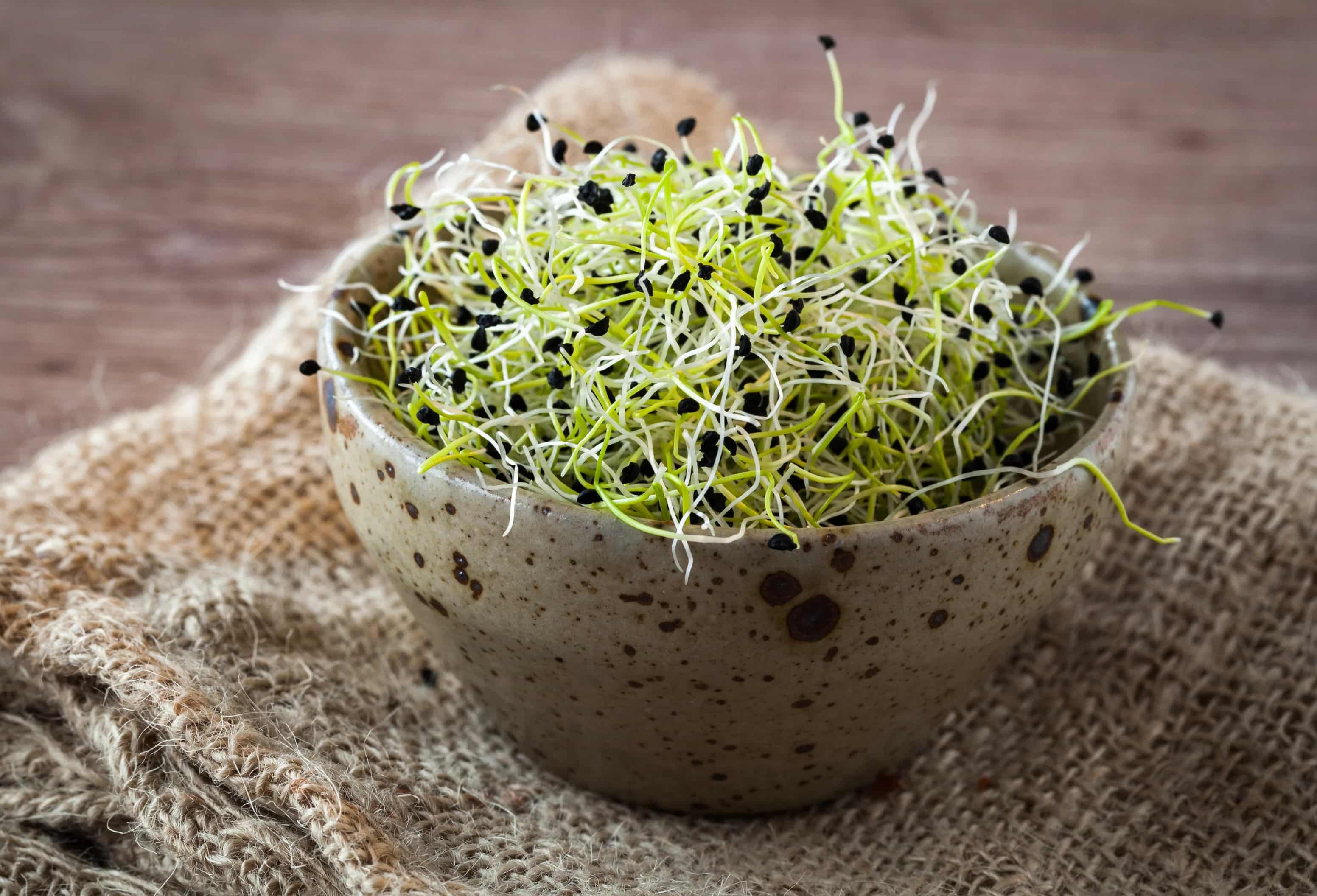
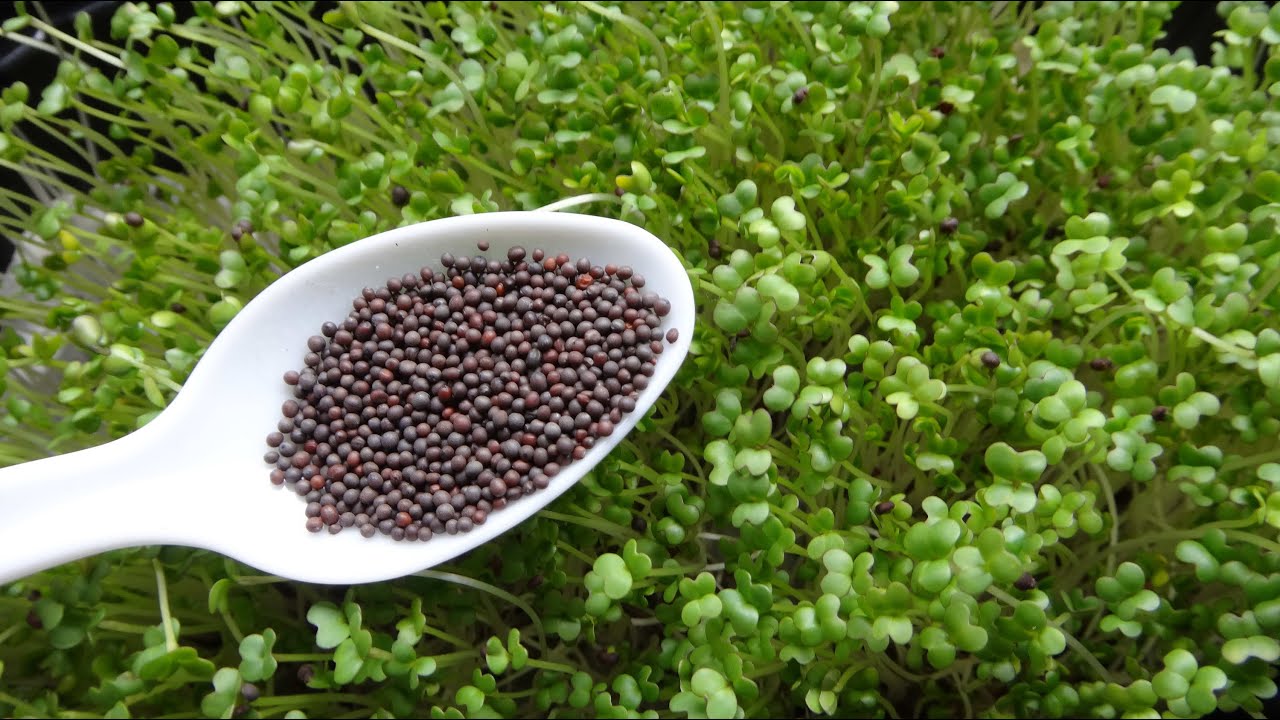
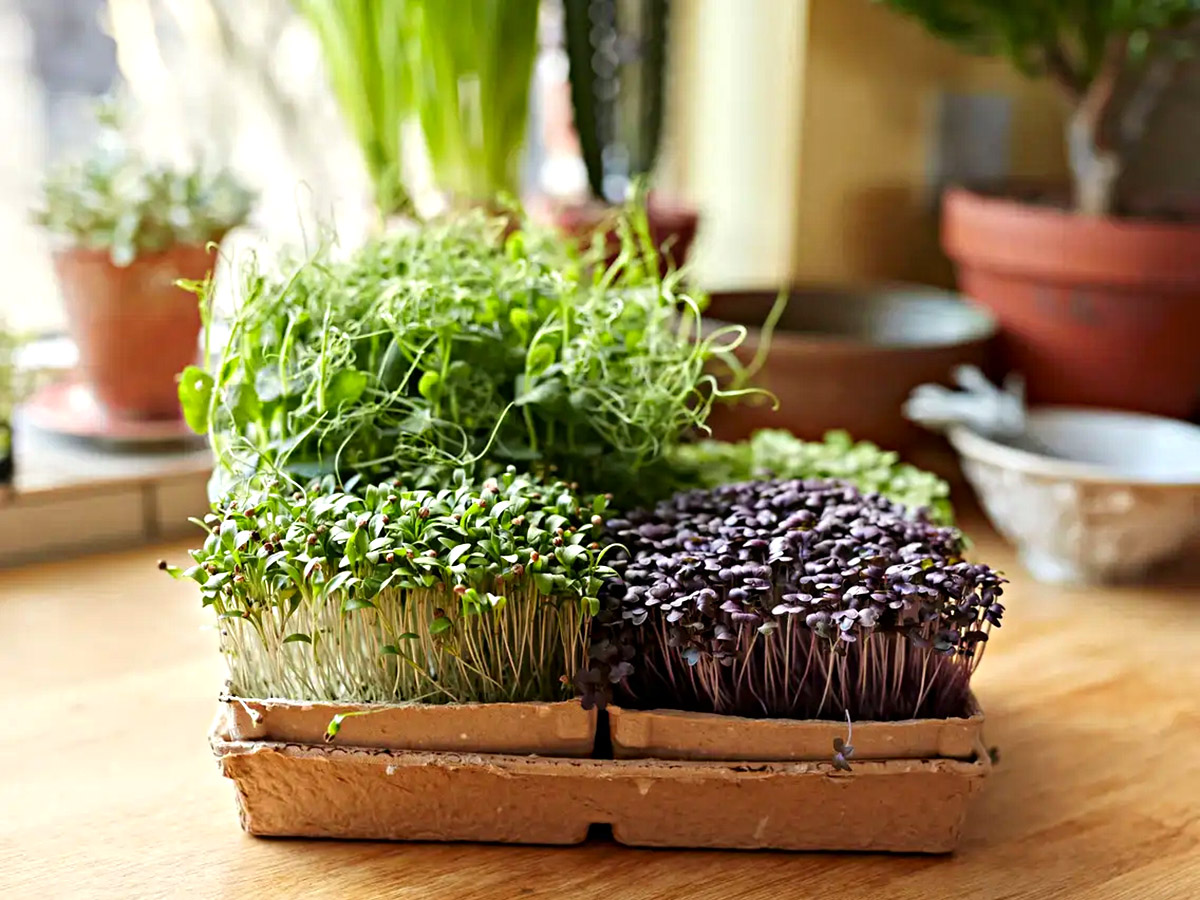



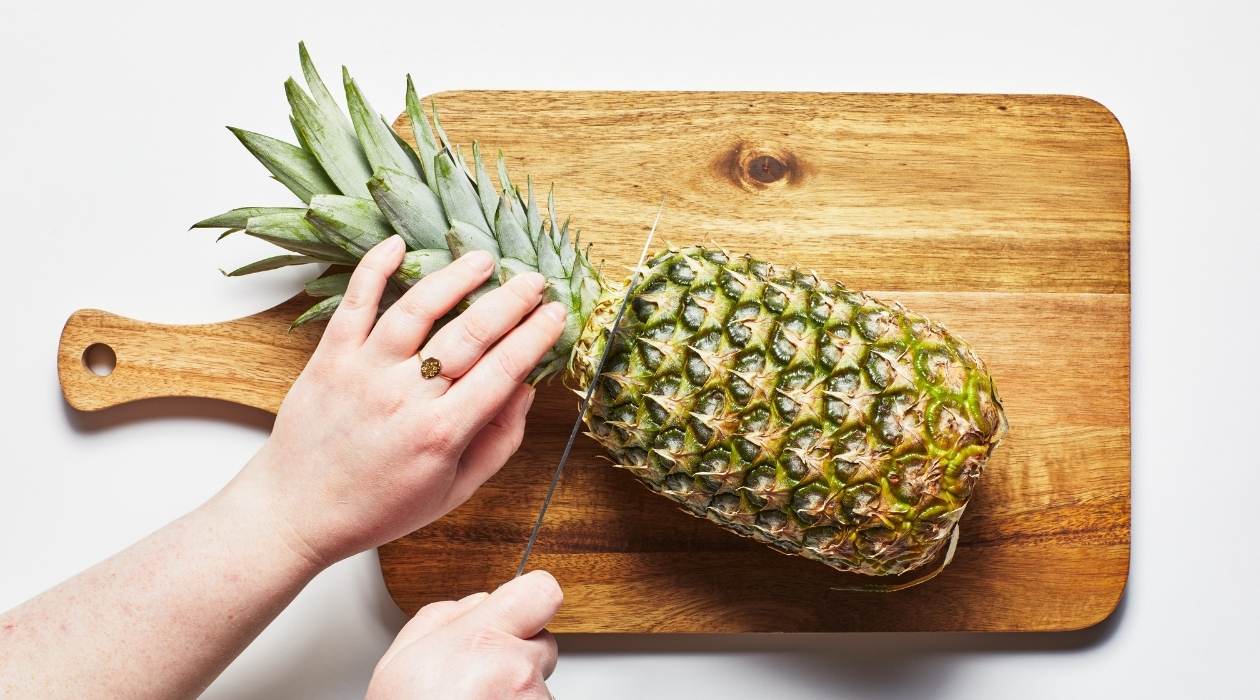

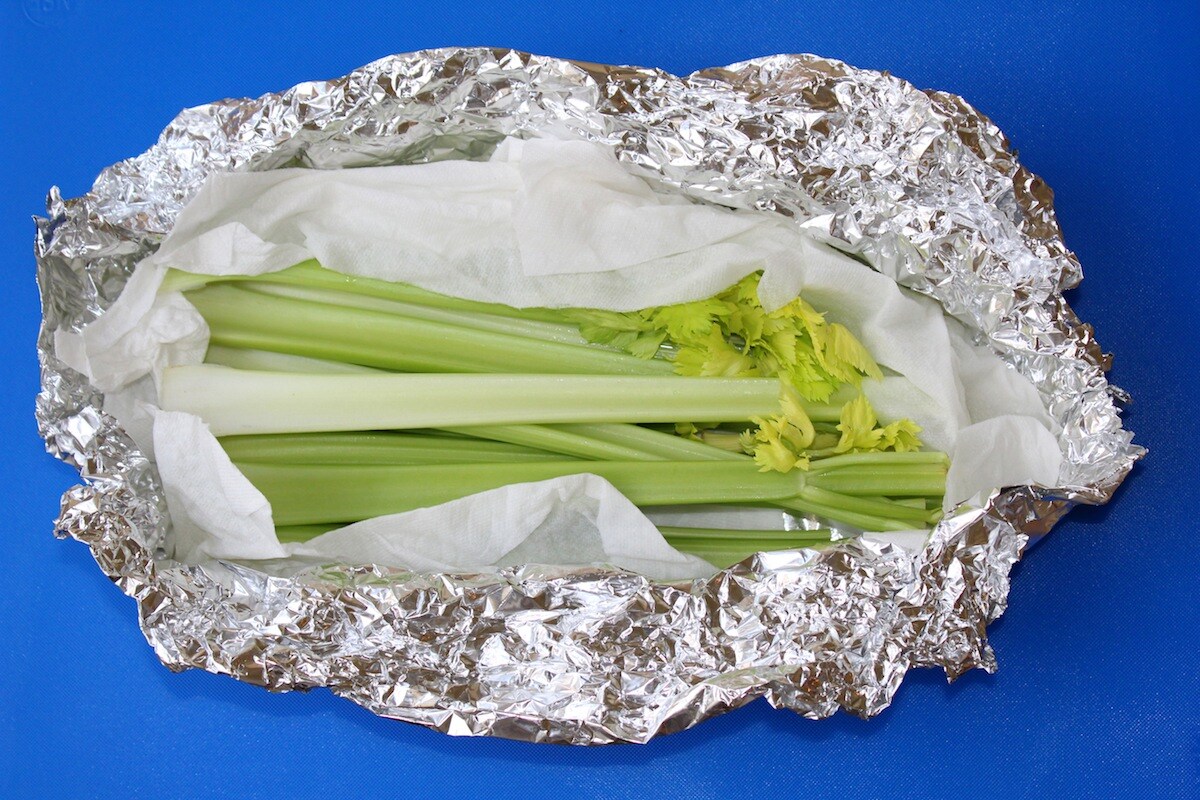

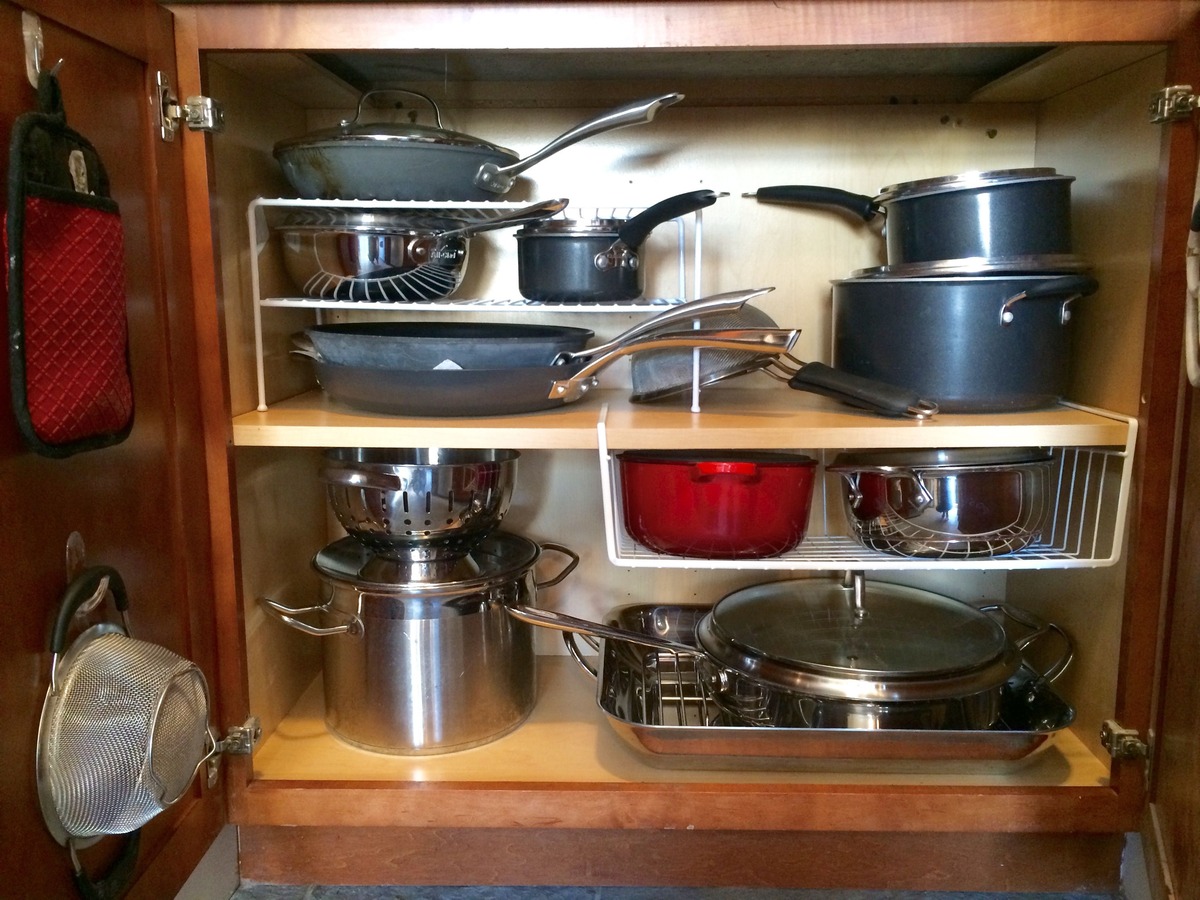
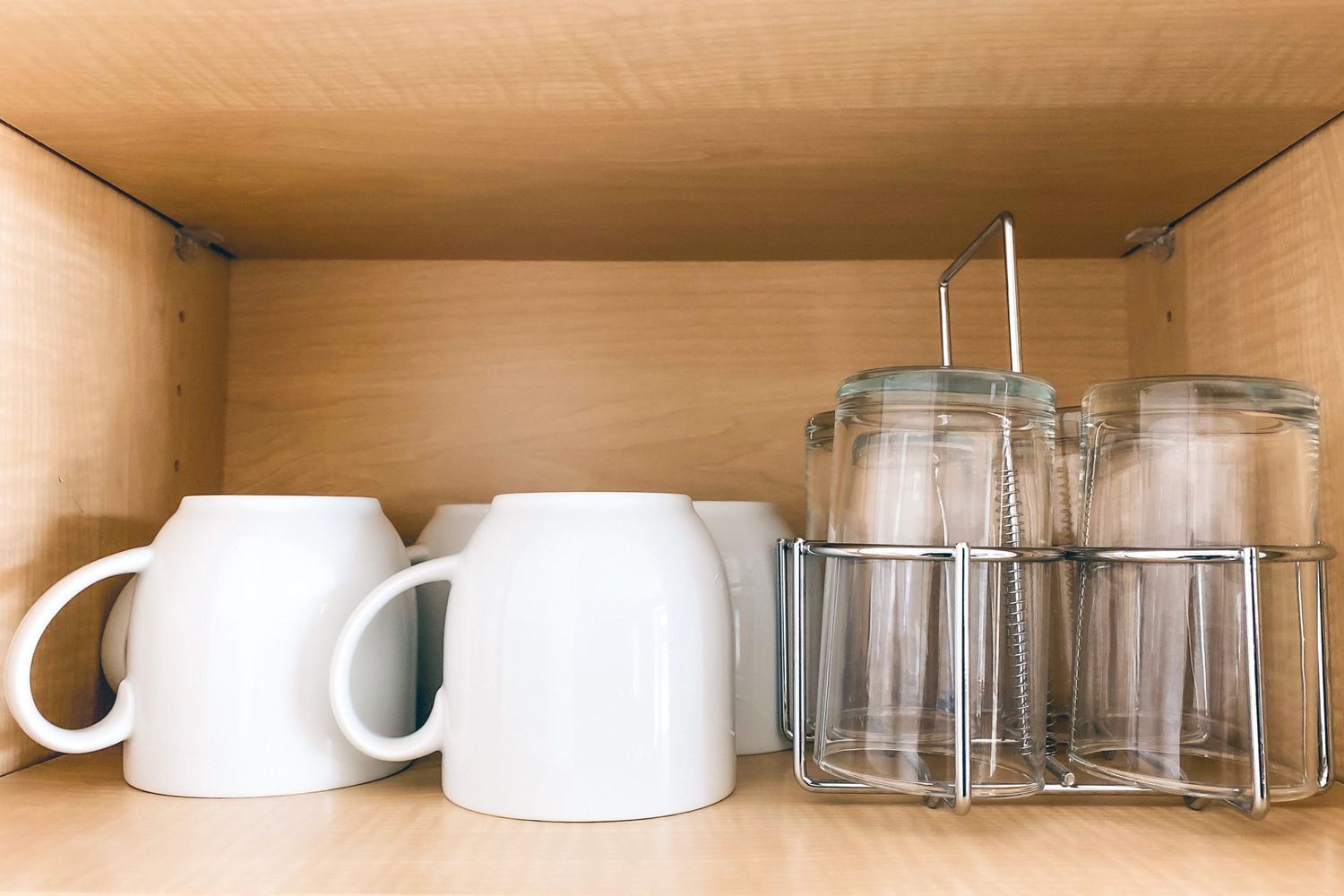

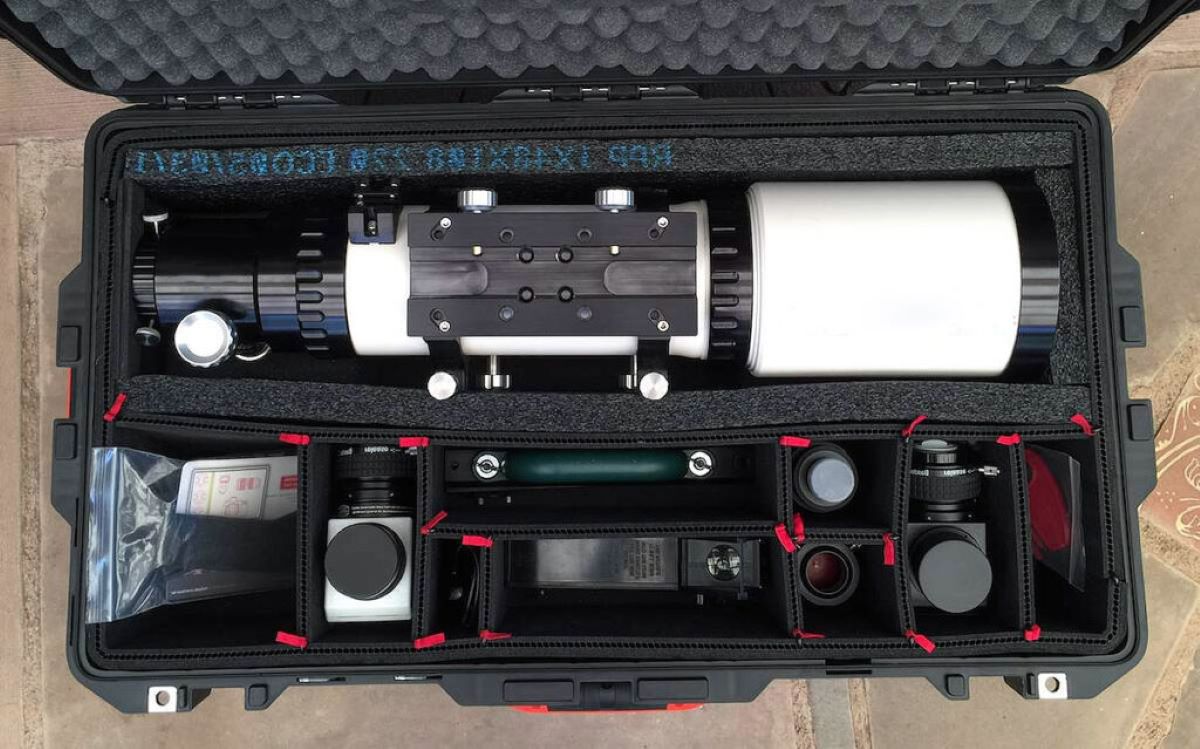

0 thoughts on “How To Store Microgreens”